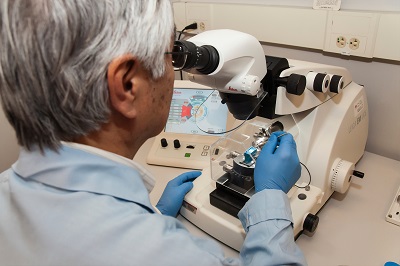The process for registering a Class C medical device in Malaysia involves several detailed steps, the preparation of specific materials, and consideration of various regulatory requirements. Here’s a comprehensive overview:
Process for Registration
Device Classification Confirmation
- Verify that your device falls under Class C according to the Medical Device Regulations 2012. Class C devices are considered medium to high risk and require a detailed review.
Appoint an Authorized Representative (AR)
- For Non-Malaysian Manufacturers: Appoint a local Authorized Representative (AR) in Malaysia to manage the registration process and liaise with the Medical Device Authority (MDA). The AR must be registered with the MDA.
Prepare the Common Submission Dossier Template (CSDT)
- Compile a comprehensive dossier that includes all required technical and regulatory information.
Conduct Conformity Assessment
- Obtain a conformity assessment report from a recognized Conformity Assessment Body (CAB). This involves:
- Full Quality Assurance (FQA) Audit: An audit of your quality management system.
- Type Examination: An evaluation of the device to ensure it meets safety and performance requirements.
Submit Application via MeDC@St System
- Access the Medical Device Centralized Online Application System (MeDC@St) to submit your application. Create an account, upload required documents, and pay the registration fees.
MDA Review and Approval
- The MDA will review the submitted application and documents. This may involve requests for additional information or clarifications. Upon approval, a registration certificate will be issued.
Post-Market Obligations
- After approval, adhere to post-market surveillance requirements, including reporting adverse events and renewing registration.
Required Materials
Common Submission Dossier Template (CSDT)
- Device Description: Detailed information about the device’s design, intended use, and functionality.
- Risk Management: Documentation of risk analysis, management, and control measures.
- Clinical Evidence: Data demonstrating the device’s safety and effectiveness.
- Manufacturing Information: Details about the manufacturing process and facilities.
- Labeling and Instructions for Use: Packaging, labeling, and user instructions.
- Compliance with Essential Principles: How the device meets the required safety and performance principles.
Conformity Assessment Report
- Certification from a recognized CAB confirming that the device meets relevant standards and regulations.
Quality Management System Certification
- Proof of compliance with international quality management standards, such as ISO 13485.
Authorized Representative Appointment Letter
- If applicable, documentation proving the appointment of a local AR in Malaysia.
Proof of Payment
- Confirmation of payment for registration fees.
Considerations
Regulatory Compliance
- Ensure all documentation is accurate and complies with the MDA’s regulatory requirements. This includes adherence to safety and performance standards.
Quality Management System
- Maintain up-to-date certification for your quality management system and ensure it aligns with the requirements for Class C devices.
Conformity Assessment
- Select a reputable CAB for the conformity assessment. The choice between FQA and Type Examination depends on the specifics of the device and its risk profile.
Authorized Representative (AR)
- Choose an AR who is familiar with the regulatory process and can effectively manage communication with the MDA.
Documentation Accuracy
- Ensure that all submitted documents are complete, accurate, and up-to-date. Incomplete or incorrect information can delay the approval process.
Post-Market Surveillance
- Prepare to implement procedures for monitoring the device’s performance post-market and for reporting any issues to the MDA.
Resources

Contact Us:
Whatsapp or Wechat:+86 15816864648;email address:hito.lin@grzan.cn
.png)
.jpg)

.png)

.png)